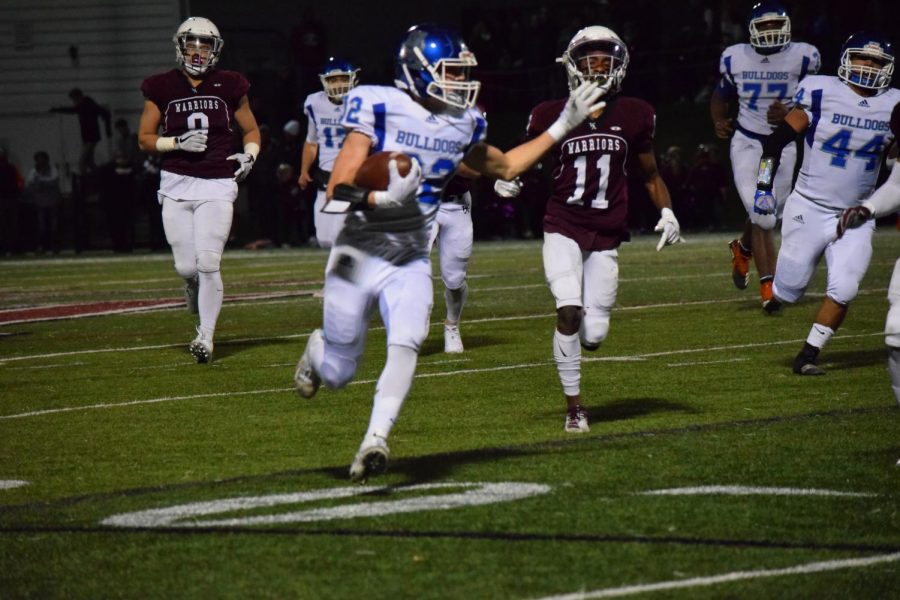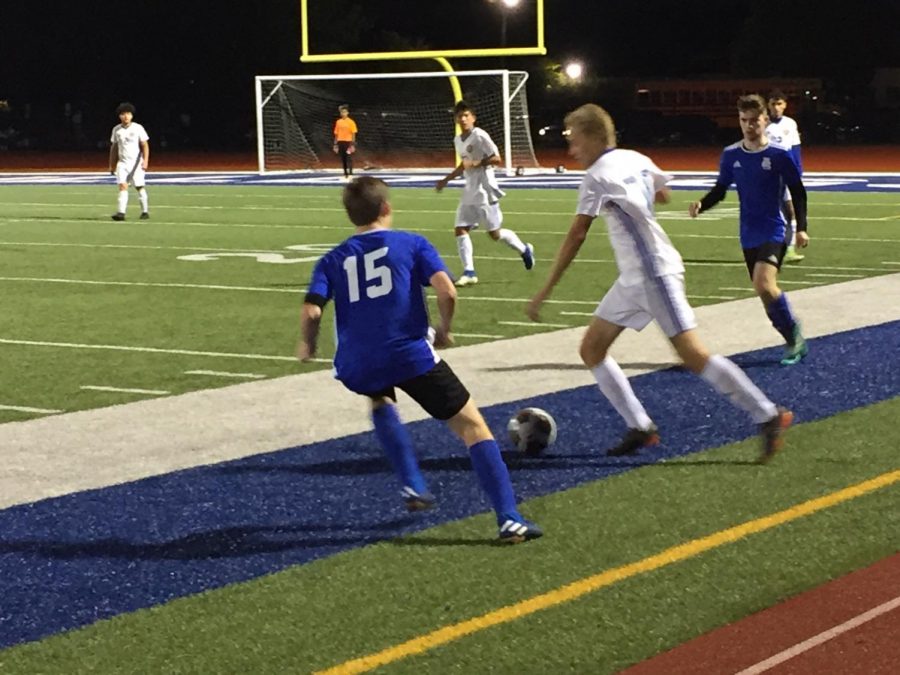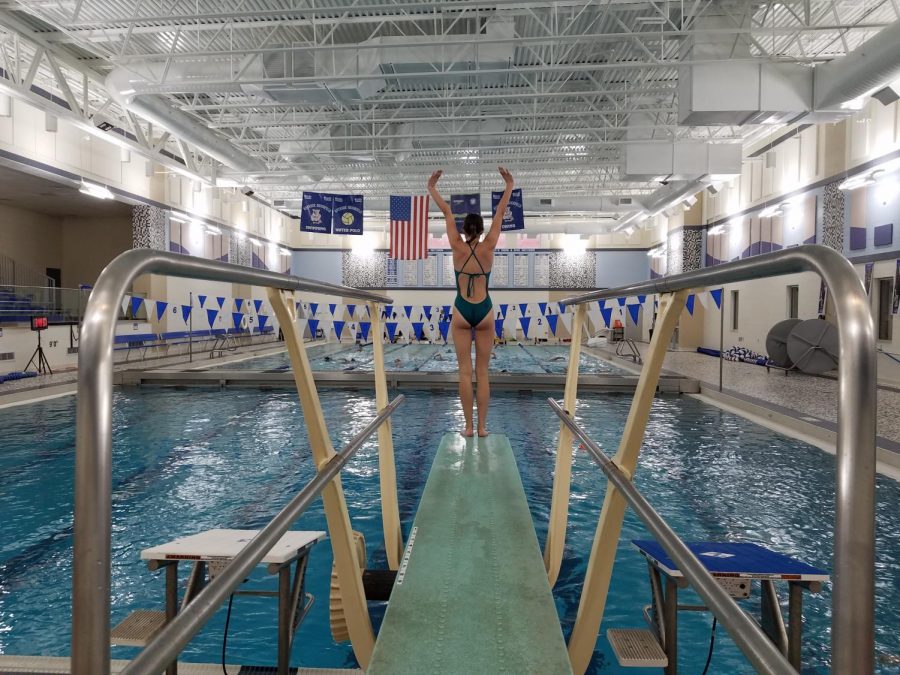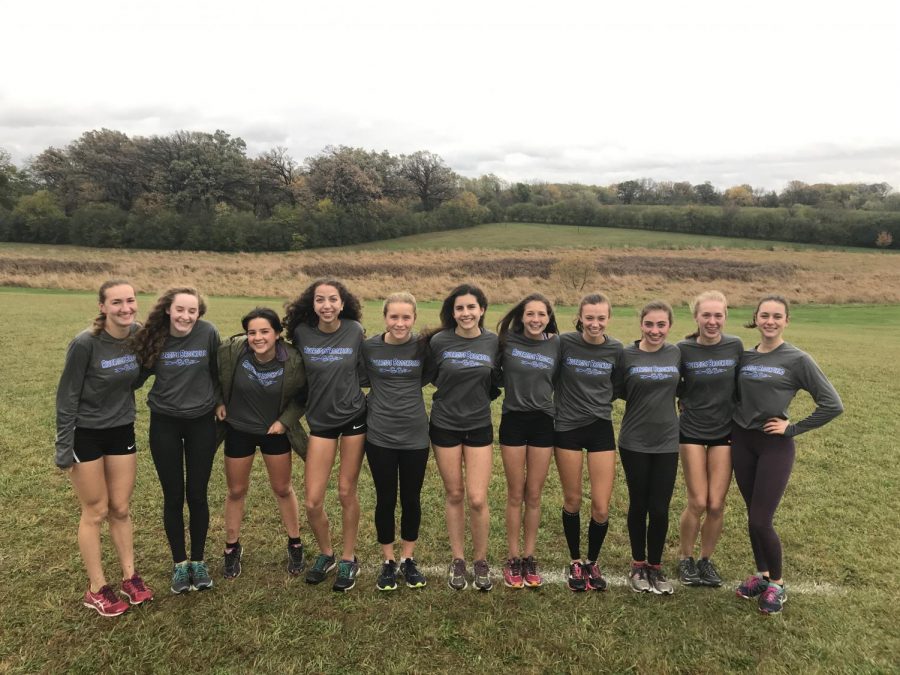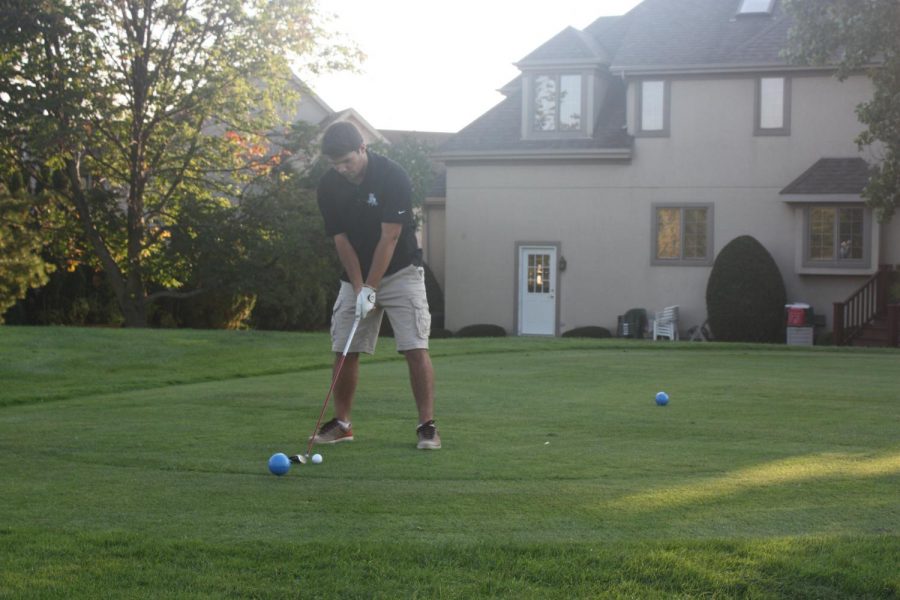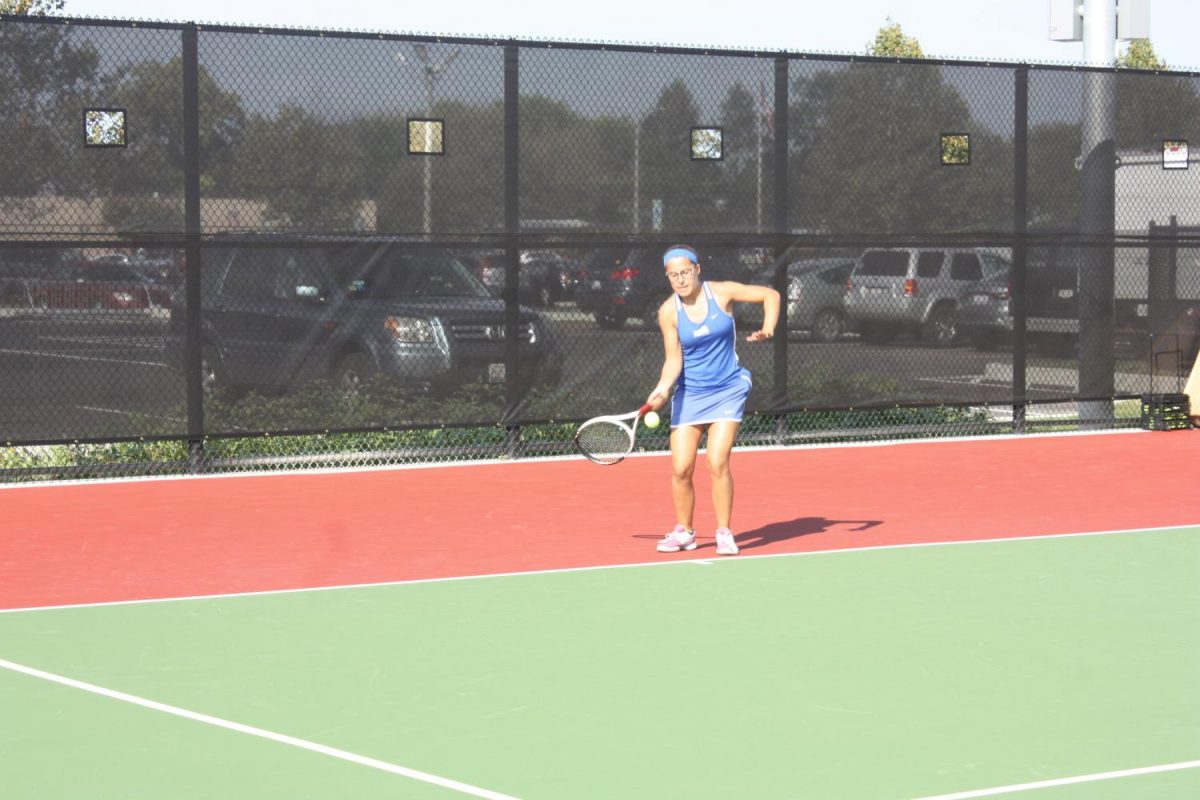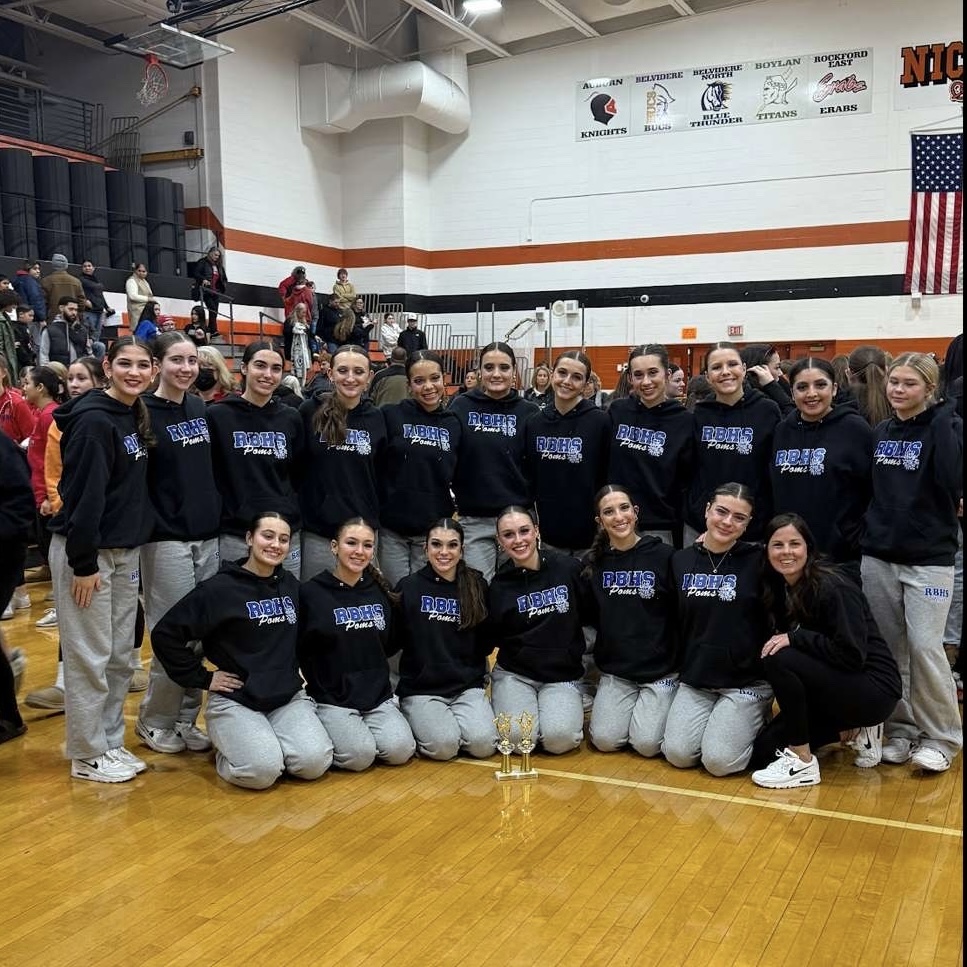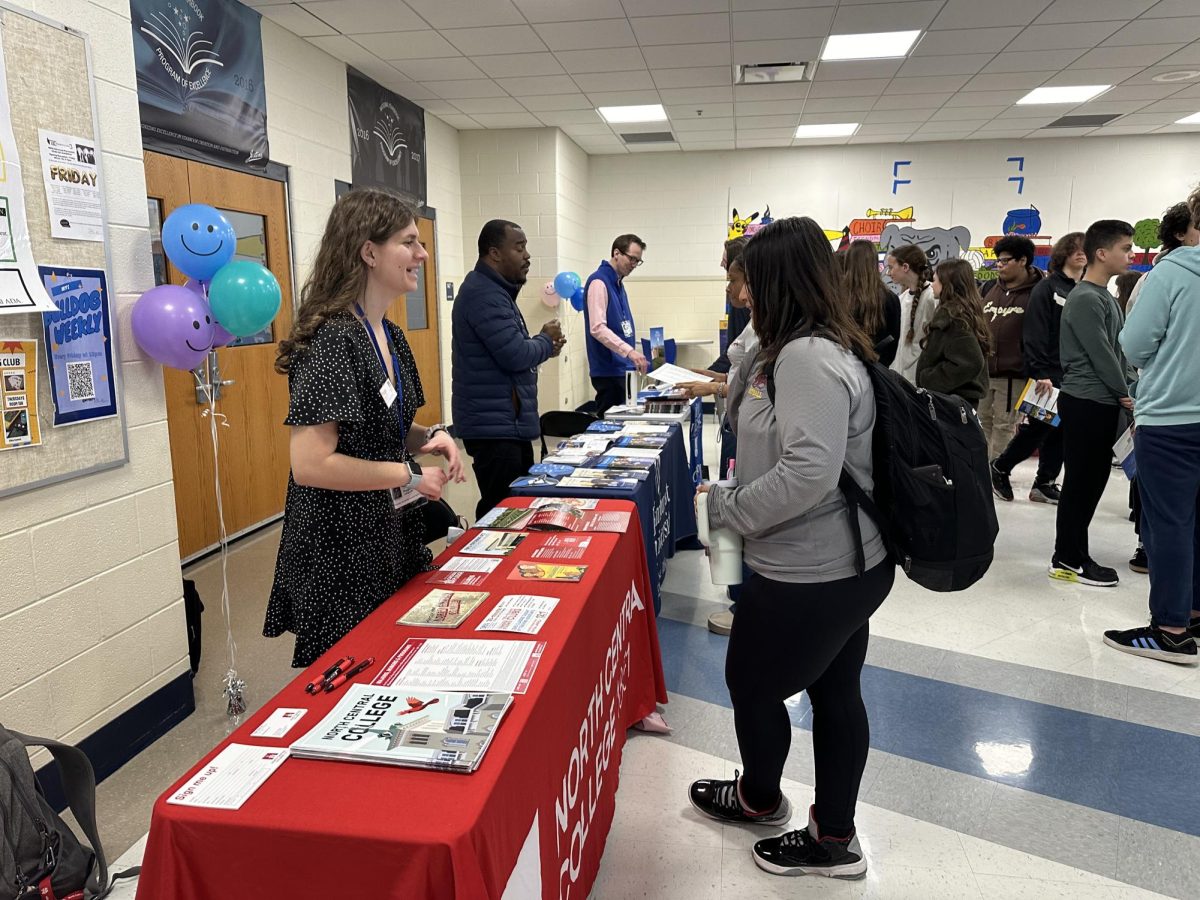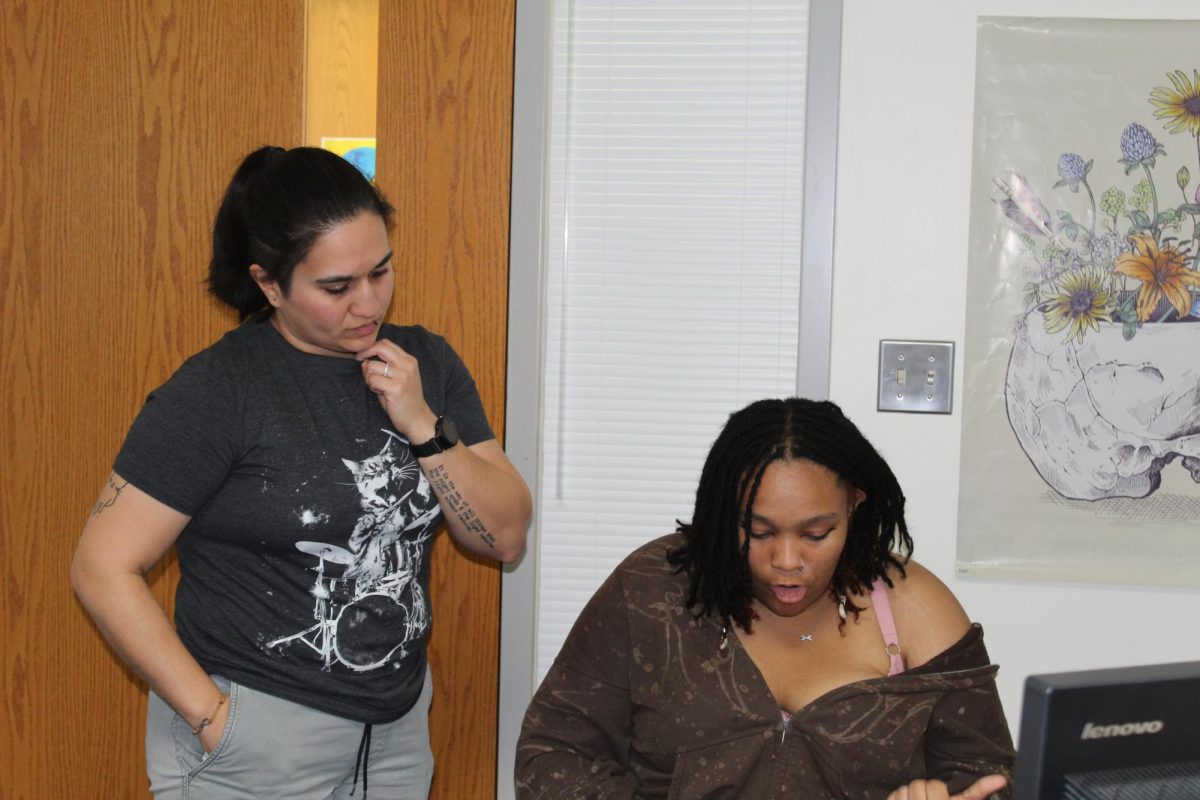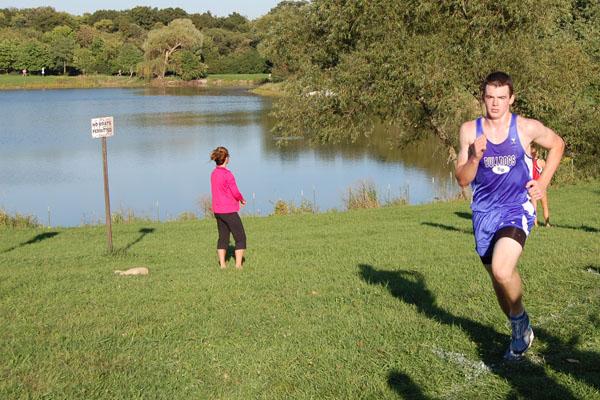
UPDATED AT 3:05 p.m. on 10/5/12.
On September 29th, the boy’s frosh/soph cross country team made their way to Andrew Invite with victory in mind. After all, last year the team finished 5th out of 30 teams. This year though, they were not even able to score points.
Why? This year, the Bulldogs only have two sophomores on their entire roster.
What changed between last year and this one?
After a failed operating fund referendum in 2010, in order to keep extracurriculars and athletics up and running, the RBHS school board adopted Pay to Participate fees that would help fund both sports and clubs. In 2011-12, all athletes were required to pay a $75 to participate on their respective sport.
The increase did not stop there. Last Spring, following a recommendation from Assistant Principal of Athletics Art Ostrow, the school board decided not to cut any sports entirely, most notably Water Polo, but instead to raise the athletic Pay to Participate fee to $200. A new set of fees were also instituted for performance-based or competitive clubs, either $75 or $100 depending on the nature of the club.
Once concern raised was that the increased fees might lead to declining enrollment on teams and clubs. Has this been the case? Have sports like cross country been affected by Pay to Participate?
“It’s hard to say how good we could have been because there are a lot of good athletes who aren’t on the team.”
-Boys cross country coach Larry Forberg
According to early data collected by the Athletic Department, enrollment on the the boys and girls cross country teams have been significantly reduced due to increased fees. In the 2010 season, before Pay to Participate was incorporated, the boys had 42 runners while the girls fielded a team of 43 girls. After a small decrease in the number of participants last year, both teams have seen their numbers drop much more quickly this year. The girls’ roster has shrunk from 43 to 25, almost a 42% decrease. The boy’s’ roster, in a similar fashion, essentially been cut in half.
Of the nine Fall sports at RB, six of them have lost enrollment two years running.
Has the reduction in athlete turnout been a direct result of the increase in Pay to Participate fees?
“It is absolutely the direct result of Pay to Participate,” said boy’s cross country coach Larry Forberg.
Forberg noted that cross country is a sport that has historically been used by swimmers and basketball players to get in shape for their sport. However, from time to time, athletes who started out running for training purposes turn out to be very good runners. With the incorporation of Pay to Participate, this has been less and less common.
“Now, we don’t get those athletes turned runners because they are already paying for their primary sport. They aren’t going to pay $200 to get in shape,” said Forberg.
It’s tough to say though if the reduced size has affected the performance of the team. At the varsity level, they are still running at a very high level and have been placing very well at just about every meet this season. If the team continues to perform, what’s the big deal? Have the fee’s really been affecting the team at all?
“It’s hard to say how good we could have been because there are a lot of good athletes who aren’t on the team. Who knows how good they could be as individuals and we could be as a team?” said Forberg.

